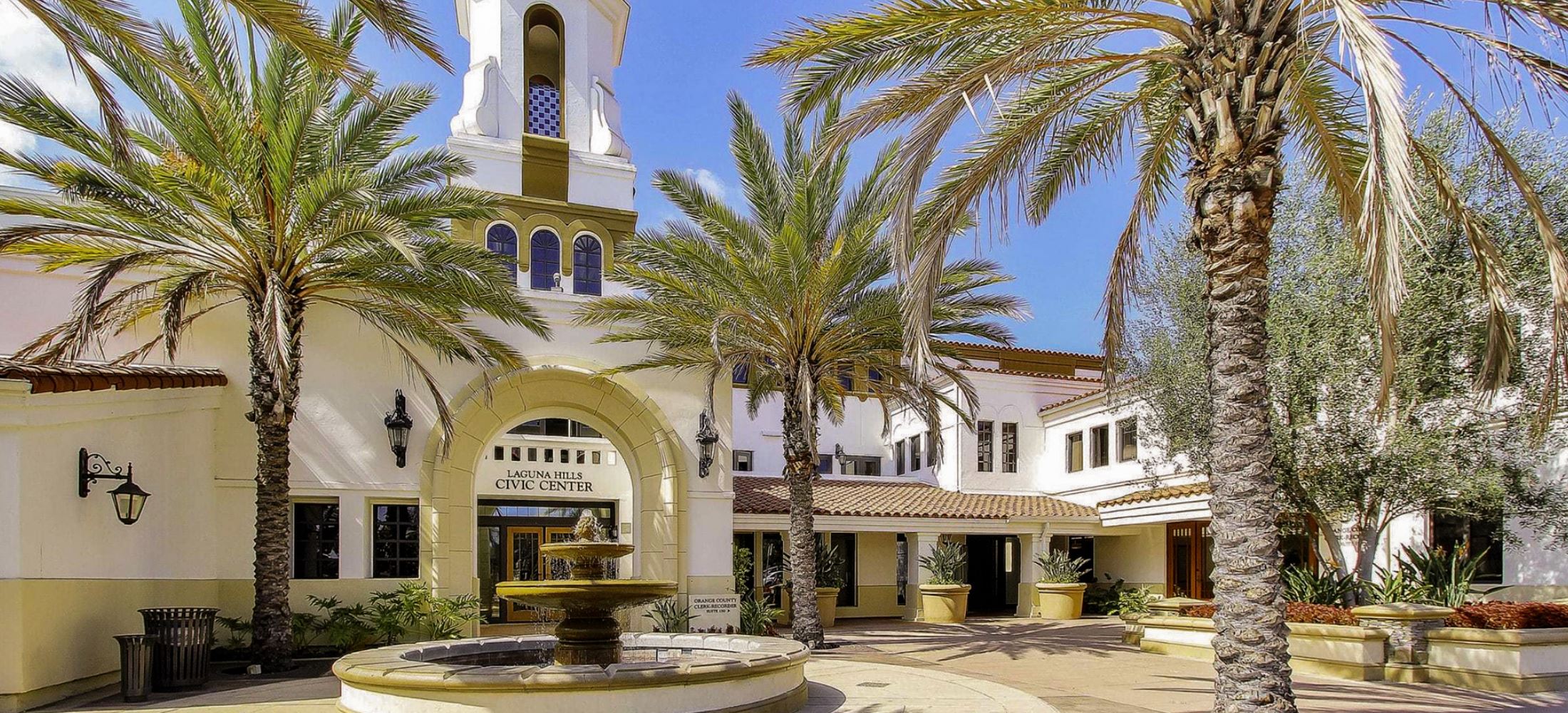
History & Facts
Rancho Niguel, a 13,000 acre area given to Don Juan Avila during the rancho era, was the original site of Laguna Hills. Lewis Moulton purchased the land from Avila in 1894, along with an additional 9,000 acres. Up to the 1960s, Moulton and his partner Piedra used the area for sheep and cow farming.
Laguna Hills didn't become a city until the end of 1991. Laguna Hills is a new community, with most of its development taking place in more recent decades, but it has taken great efforts to protect the region's geologic past, which includes sites that date back 18 million years. One such area is Fossil Reef Park, which preserves a section of a tropical shell reef.
One such area is Fossil Reef Park, where visitors can observe a preserved section of a tropical shell reef that contains 48 species of marine fossil vertebrates, including shark teeth. The Laguna Hills discovery was identified in 1973, and the fossil-rich sediments were first found in 1972 while Lake Forest was being graded. In 1982, Fossil Reef Park received the status of protected ancient site. Additionally, Costeau Park is a fossil-rich area and was previously a significant fossil site where the bones of numerous early mammals were found.
Two students from a secondary school made the initial discovery in 1965. The remnants of approximately 42 species, including Columbian Mammoths, bison, dire wolves, saber-toothed cats, mountain lions, huge ground sloths, and extinct horses and camels, were found during a site study conducted under the direction of the LA Natural History Museum.
The Laguna Hills Community Center has a sizable fossil exhibit on view, and kids can explore the exhibit on their own with the Paleopack Program. A 33-foot bowhead whale skeleton that can be scaled and reproductions of fossilized dinosaurs and other animals can be found all across the Prehistoric Playground, which is located outside the community center and plays off the idea of the fossil-rich area.